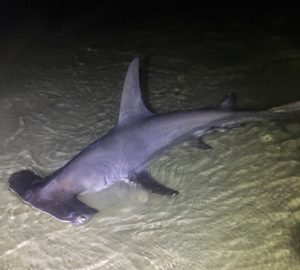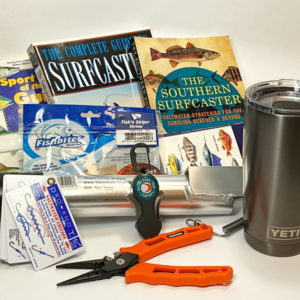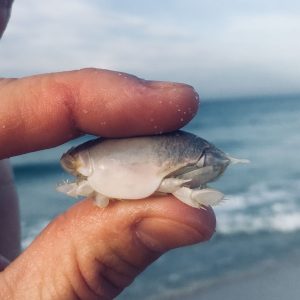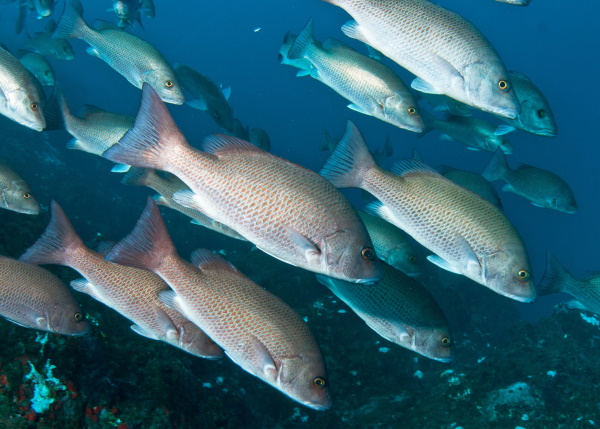
Mangrove snapper, more correctly termed “gray snapper”, can be caught inshore around piers, jetties, bridges, and obviously the mangrove roots for which they were named. They are wary, so be sure to use minimal terminal tackle, and thus less visible rigs.
The best baits for keeper size mangroves are live shrimp, small baitfish, and fiddler crabs. Dead shrimp and cut bait will also work to entice them into biting.
They spend most of their time closer to the bottom, so that is where you should focus your efforts. A fish finder rig made from 15-30 lb. fluorocarbon leader with a relatively small hook seems to be the best setup. Use just enough weight to get your bait to the bottom
The Florida state record Gray Snapper is 17 lb. caught in Port Canaveral.
About Mangrove Snapper*
Gray Snapper* (Lutjanus griseus)
Black Snapper
Mango Snapper
These mangroves or “gray snapper”, are also often referred to as black snapper or mango’s. They can vary in color, thus the different names. The limits and restrictions on these snapper are more desirable than that of the red variety. In Florida you can keep 5 of these over 10″.
Mangrove snapper are generally more difficult to catch than their red cousins. They have great eyesight and can be very spooky. This spookiness can be overcome by either chumming and firing them up, or by using a stealthy approach. Either way, stealth is important, so don’t use too much terminal tackle or too bulky of a leader.
This snapper species are known to live up to 21 years old and likely older.
They don’t get huge inshore, but they are strong enough fighters to provide great fun on light and medium setups. The size limit for mangrove snapper in Florida is 10”, so you will have to weed through small fish to get to the bigger ones that you can keep. The situation is even more challenging in Alabama, where they must be 12″ to keep. The reality is that there is more meat on the 12’s, so that’s really what you want anyway. These 2 to 3 year old gray snapper are both fun to catch and to eat. Add in the fact that they can be quite abundant at times, and they are a great species to target, especially in summertime.
Where To Find These Gray Snapper
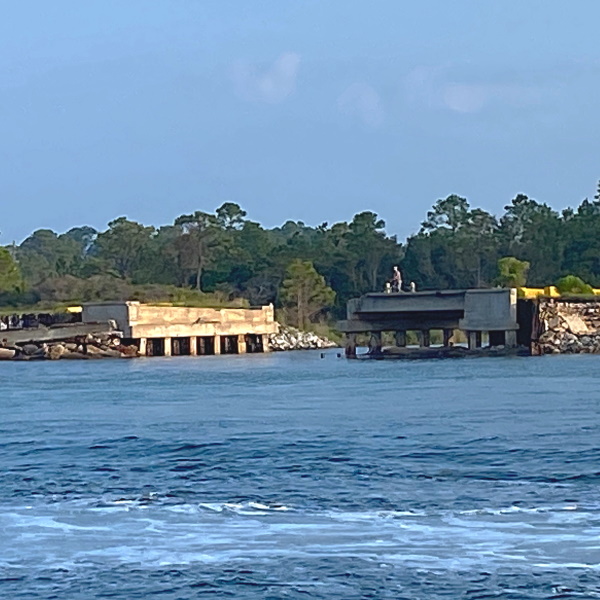
Snapper are structure loving fish, so you’ll find them around trees, rocks, jetties, piers, sea walls, bridges and docks. You can also find them around the roots of mangroves, for which I assume is where they got their nickname.
When fishing inshore you’ll generally be targeting smaller 2 to 3 year old juvenile mangroves, as adult fish tend to move offshore to live their lives. Mangroves will generally spawn somewhere between May and September – basically during the warmest months of the year.
Depending on where you’re fishing, the presence of gray snapper may be seasonal, or they could be a year round target. The further south you go into Florida the more likely you will find them year round. To reiterate, you will be fishing mostly for juveniles when fishing inshore, so don’t throw back those 12 and 13 inchers.
Best Baits For Mangrove Snapper

Live shrimp, fiddler crabs, finger mullet, pilchards, LY’s, greenbacks and very small pinfish are all great baits. Frozen shrimp and chunks of cut bait from ladyfish or pinfish will also work, but you will have better results from live bait options.
Live shrimp will also attract smaller fish and other undesirables, so that may not always be your best option. When using shrimp, it can be frustrating when the trash fish are thick in the area that you are fishing.
The Alabama state record is 18 lb.
Will They Hit Artificials?
While most anglers would not deliberately target them using artifical lures, they will absolutely take fake baits. Small jigs, grubs, pompano jigs and other such lures will catch them, but I would stick to using natural baits if I were you.
Rod And Reel For Mangroves
With mangroves, it is useful to have a fast action rod combined with some strength or power. That’s because gray snapper are going to try to run you back into the structure when hooked. With a stout rod you have a better shot at pulling them out of bridge pilings, for example, before they break you off.
If you really want to bang out a limit, leave the lightest action rods at home and go with a medium or medium heavy rod instead. Reel size isn’t nearly as important, as you won’t typically be casting very far, nor will these smaller inshore snapper strip much drag.
A 6 to 7 foot fast action medium or medium heavy rod paired with a 3000 sized reel is a good combo for gray snapper.
Rigging Up For Mangroves
The best rig for mangrove snapper consists of a length of 15-30 lb. fluorocarbon leader with a #1 to 3/0 circle hook or “J” hook. Use as light of a weight as you can get away with. Typically 1/2 Oz. Weights will be enough in most inshore situations, but just use enough weight to get the bait to the bottom and no more.
Hooks
Within reason, you should match your hook size to your bait size. As stated, these fish are quite wary, so you should make attempts to use smaller tackle and hide your hook, especially when using dead bait. Try to hide your hook with just the point exposed to get more bites. If you’re getting hung up a lot, you can move to using a J hook and bury your hook into a live shrimp to create a weedless setup.
Leader Material
The best leader material is definitely fluorocarbon. Use anywhere between a 15 to 30 lb. leader that’s 2 to 3 feel long. Lean toward the lighter end of that range when the water is clearer, and move up towards the 30 lb. range as it gets murkier.
Carolina Rig
Use small dark colored swivels in combination with the materials mentioned above to form a scaled down fish finder or Carolina rig. Stealth is key here.
Free Line Or Use A Split Shot
If the current will allow it, forgo the fish finder rig altogether, and instead free line your bait or use a small split shot to let your bait slowly drift down to the fish. You really want moving water to get the best results, so you might not find that this rig will work in all areas if the current is too strong.
The Texas state record mangrove is 18.67 lb.
Catching Them
Once you find them, they usually hold together in a school. So, keep moving until you find an area that holds mangroves. After you catch one, you have a great shot at catching more immediately afterwards. Don’t delay after catching a fish. Get another bait down in the same spot as fast as possible.
Moving water is better, so try to plan your outing around some tide movement. Then use that current to your advantage and let it carry your bait towards the fish. This natural presentation is best.
My preference is to use circle hooks most of the time. Don’t set the hook immediately when you feel something. Instead, wait until you feel some weight on your rod tip and then reel down quickly. You see, snappers are usually around other snappers. So, they’ll grab a bait just so they can first run off with it. You need to give the fish a split second to actually get the hook into their mouth.
The Mississippi state record mangrove snapper is 13 lb. 12 oz.
Watch Those Teeth And Fins!
As with many Saltwater fish, you’ll need to keep your fingers away from a mangroves mouth. They do have teeth, and they will attempt to let you know it. They’re called snappers for a reason. The best way to grab them is from underneath on their belly. This way you can keep your hands away from the fangs and the sharp dorsal fin.
Cooking Them
You’ll get more bang for your buck if you cook the smaller ones whole with the skin on. Larger ones, over 12″, can be fileted like any other fish. I don’t think that there is a bad way to cook them. Broiled, grilled, fried, they’re all good.
Conclusion
If you have a fishable number of mangrove snapper in your area, they are a great species to pursue. I’m looking at you Florida. How great is it that you can “snapper fish” inshore? You don’t even necessarily need a boat. Get yourself a bucket of live shrimp and go get you some!
Cheers!
Augustus Clay

